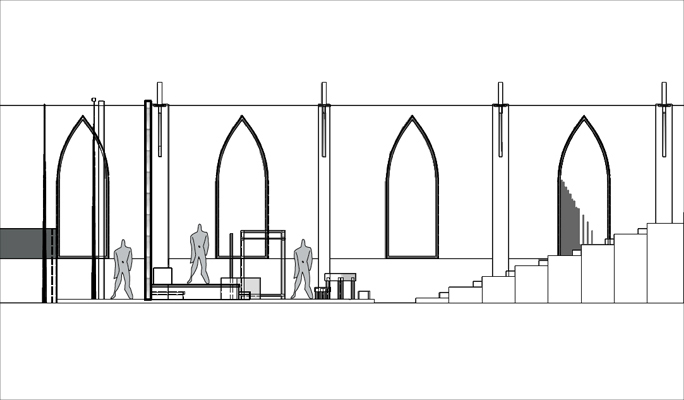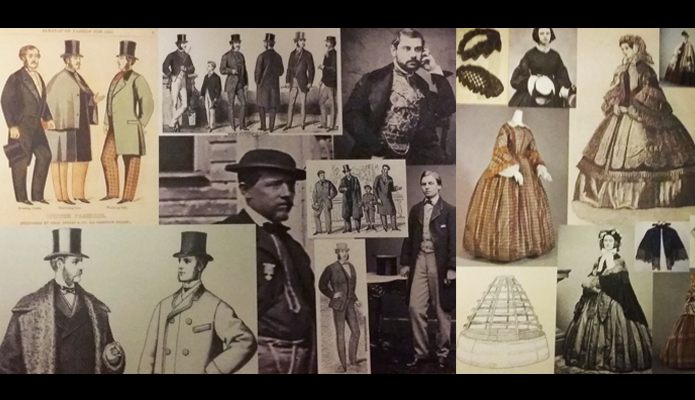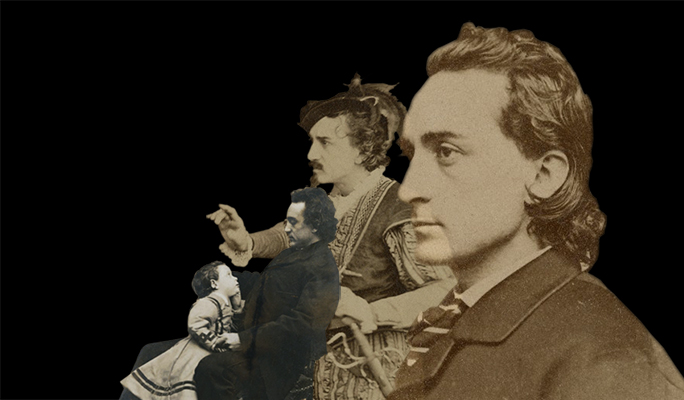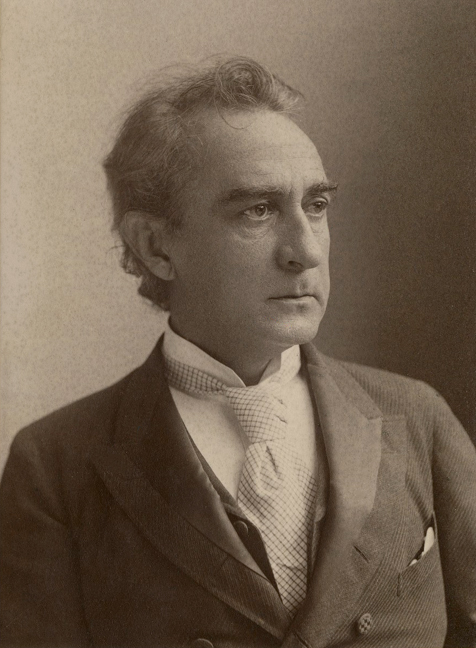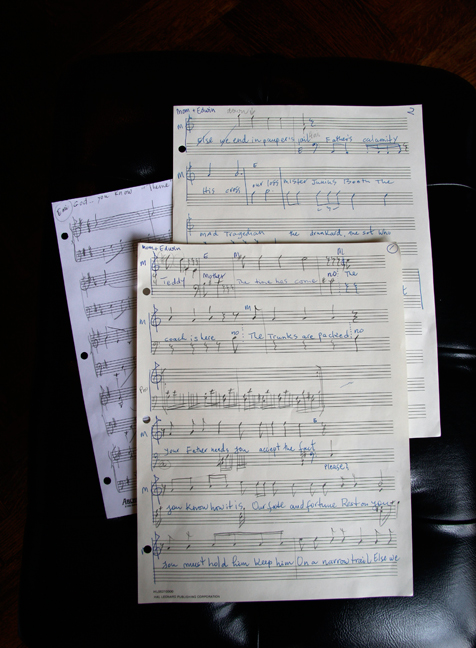When disaster strikes in the middle of a project, it helps to remember that what appears catastrophic may be a sign that space is opening for something wonderful to emerge. This was one of the great lessons we learned as we began moving into the production phase of EDWIN. The actor who had filled the role of Edwin Booth through several years bowed out. Two weeks before auditions were set to start, the director who’d been with us since we began moving from page to stage resigned. On the first day of rehearsal, the musical director who had worked with us so masterfully in the past, informed us of a change in his own schedule—and, well, you get the picture.
By then, we’d begun to discover the magical pull of the “Great Circle.” When our director resigned, Eric and I reached out to people in the field, but the directors we knew, and others recommended to us, were already engaged. In a moment of inspiration, we asked our gifted casting director, Stephanie Klapper, for help. She recommended three people and we immediately contacted the first person on the list: Christopher Scott.
Chris came to my home to meet with us and within five minutes of conversation, Eric and I knew we’d found the right person—a warm, brilliant, responsive, and experienced director. Chris proved a sheer delight to work with, creating a relaxed, supportive, and stimulating rehearsal environment, collaborating seamlessly with the designers, and offering tremendous insight and imagination to the work. But his gifts to us didn’t end there.
Chris brought us a new musical director, the superbly talented Evan Alparone, as well as a remarkably efficient assistant for our marvelous stage manager, Maxine Glorsky. Maxine, in turn, encouraged a long-term colleague, the gifted scenic and lighting designer, Chad McArver, to join us. Slowly but surely, the “Great Circle” began to widen, drawing more people into its orbit—including our wonderful audiences and supporters. And it’s still expanding as we reach out to others and they reach out to us. And that’s another lesson about the power of circles. Lines can expand, but they can also divide. Circles embrace.




